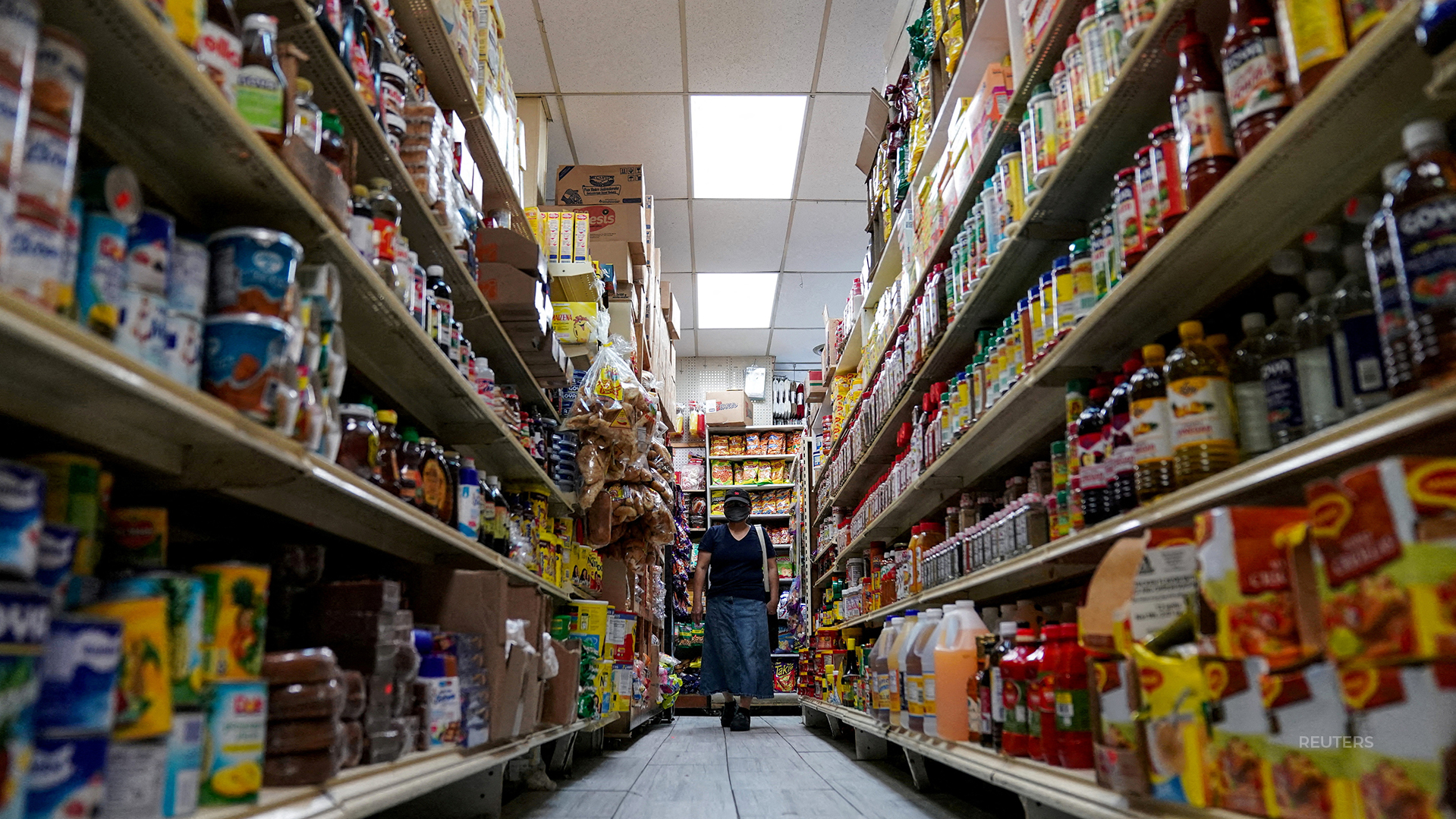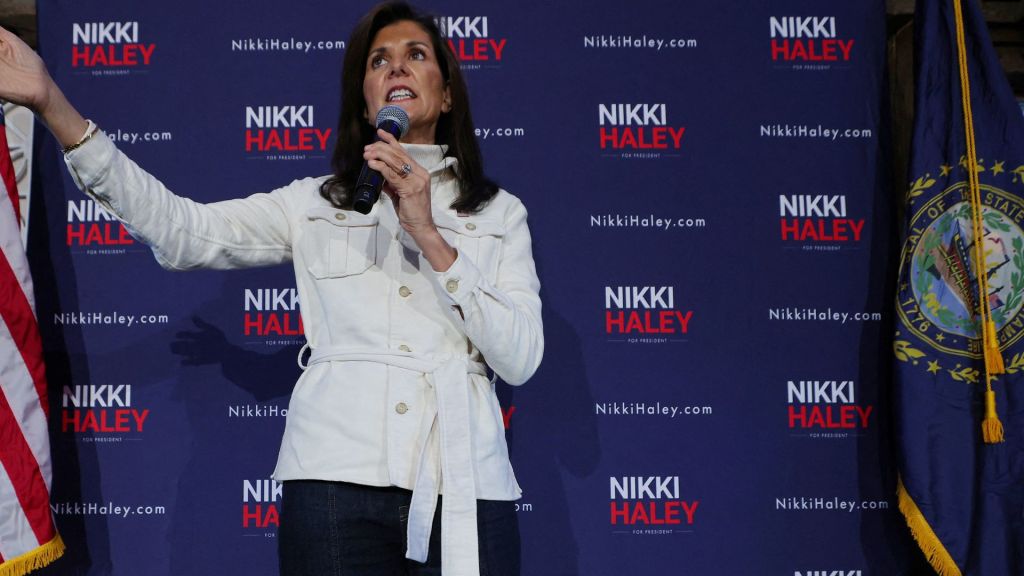
SIMONE DEL ROSARIO: STARTING MARCH FIRST, MILLIONS OF AMERICANS WILL HAVE LESS MONEY TO BUY GROCERIES.
ACROSS 32 STATES, DC AND SOME TERRITORIES – EMERGENCY SNAP BENEFITS ARE COMING TO AN END. IT’S ALREADY ENDED IN THE REST OF THEM.
FOR NEARLY THREE YEARS, THE FOOD STAMP PROGRAM HAS DISHED OUT CONGRESSIONALLY-ALLOCATED PANDEMIC-ERA INCREASES.
WITH EMERGENCY AID NOW ENDING, HOUSEHOLDS WILL GET AT LEAST $95 LESS PER MONTH, ACCORDING TO THE LEFT-LEANING THINK TANK, CENTER ON BUDGET AND POLICY PRIORITIES. SOME HOUSEHOLDS WILL SEE REDUCTIONS OF $250 OR MORE.
ACCORDING TO A REPORT BY THE LEFT-LEANING URBAN INSTITUTE: EMERGENCY ALLOTMENTS KEPT 4.2 MILLION PEOPLE OUT OF POVERTY THE LAST QUARTER OF 2021, REDUCING CHILD POVERTY BY 14% IN STATES WITH THE BENEFIT.
THE CUTOFF COMES AS GROCERIES ARE 11.3% HIGHER THAN ONE YEAR AGO. ANTI-HUNGER ADVOCATES SAY POVERTY RATES ARE NOW LIKELY TO RISE.
MEANWHILE, THE COST OF THE SNAP PROGRAM HAD SURGED UNDER THESE EMERGENCY PAYMENTS, FROM 60 BILLION IN FISCAL YEAR 2019 TO NEARLY 114 BILLION BY FISCAL YEAR 2021, THE FIRST FULL YEAR OF PANDEMIC BENEFITS.
NOT ALL PROGRAMS ARE COMING OFF THE TABLE. FAMILIES THAT QUALIFY CAN STILL GET A SUMMER BENEFIT FOR KIDS TO REPLACE MEALS THEIR SCHOOLS WOULD USUALLY PROVIDE.
BUT THE CONGRESSIONAL BUDGET OFFICE SAYS THE END OF OTHER EMERGENCY MEASURES WILL DROP THE SNAP COST BY $21 BILLION FOR FISCAL YEAR 2023.
SNAP IS ONE OF THOSE GOVERNMENT BENEFITS THAT ADDS MORE TO THE ECONOMY THAN IT COSTS TO MAINTAIN.
EVERY DOLLAR SPENT ON SNAP CONTRIBUTES ABOUT $1.50 TO THE GDP. THAT CAN HAVE AN EFFECT OF STIMULATING THE ECONOMY. AND THE REDUCTION OF BENEFITS, MIGHT SLIGHTLY DEPRESS ECONOMIC GROWTH AND INFLATION.
I’M SIMONE DEL ROSARIO. IN NEW YORK, IT’S JUST BUSINESS.






